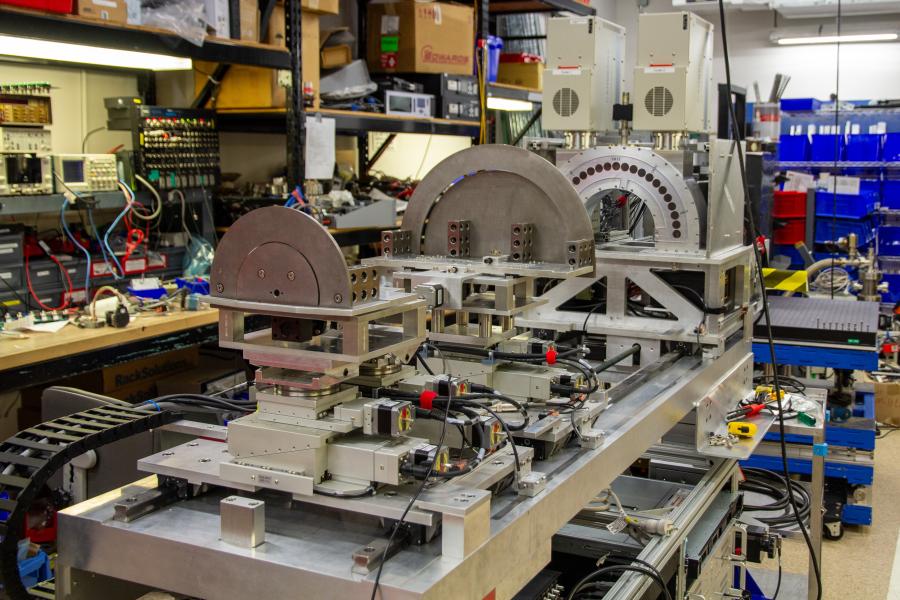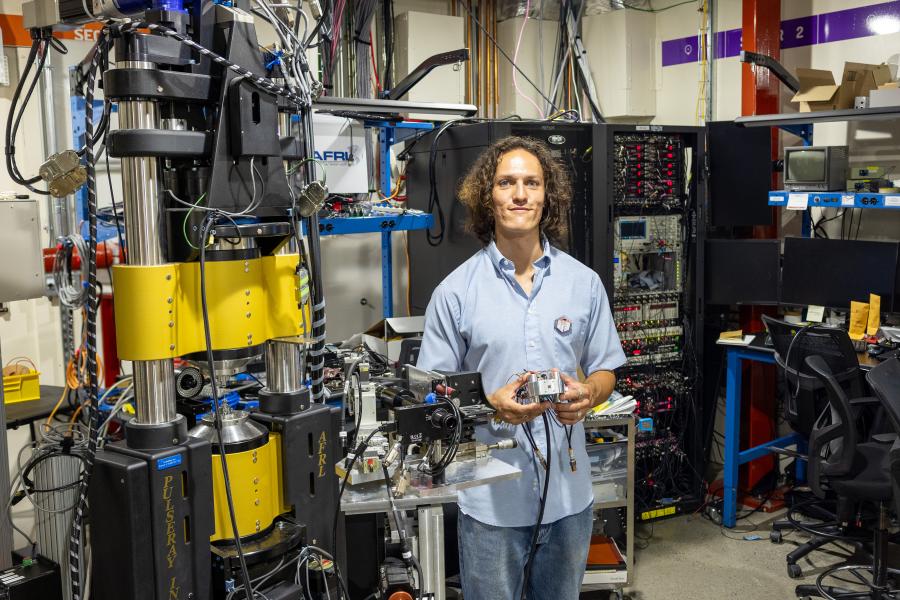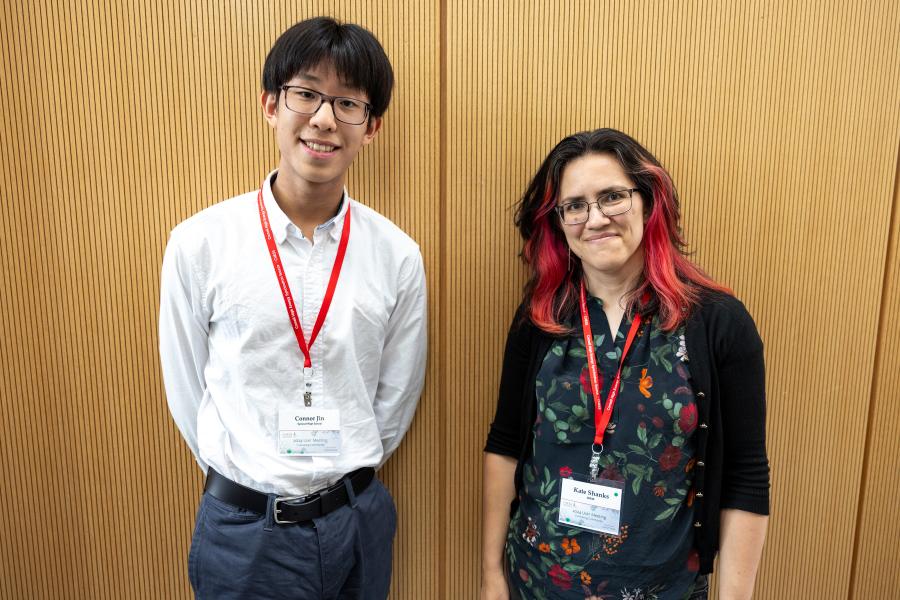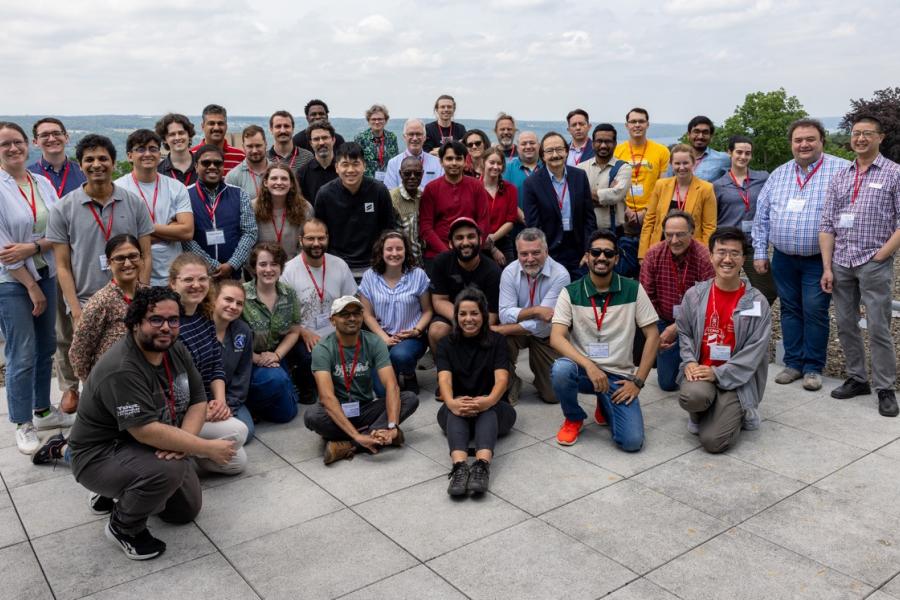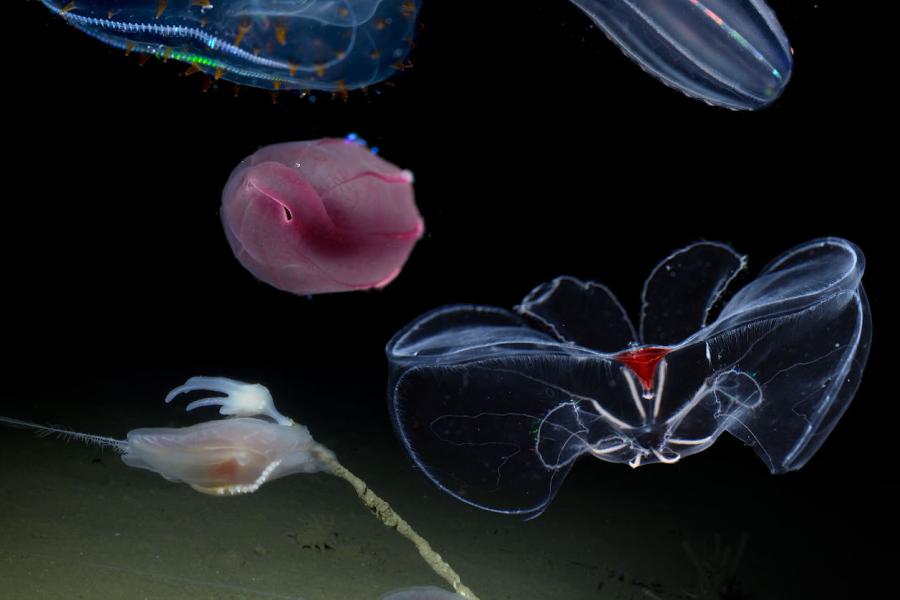Sidebar Menu (View Pages)
- Status
- ⌃ Science
- ⌃ Users
- ⌃ Facilities
- ⌃ Public
- Industry
- ⌃ About
Tags
Featured
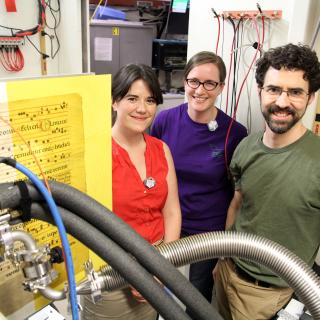
Out of the blue: Medieval fragments yield surprises
Analyzing pigments in medieval illuminated manuscript pages at the Cornell High Energy Synchrotron Source (CHESS) is opening up some new areas of research bridging the arts and sciences.
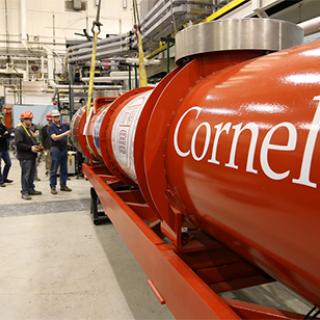
Energy-efficient accelerator was 50 years in the making
With the introduction of CBETA, the Cornell-Brookhaven ERL Test Accelerator, Cornell University and Brookhaven National Laboratory scientists are following up on the concept of energy-recovering particle accelerators first introduced by physicist Maury Tigner at Cornell more than 50 years ago.
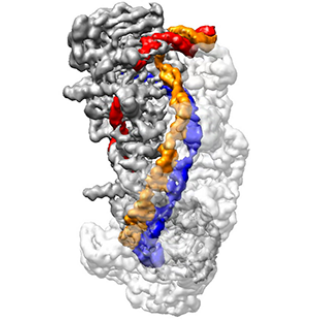
Bringing bacteria's defense into focus
By taking a series of near-atomic resolution snapshots, Cornell University and Harvard Medical School scientists have observed step-by-step how bacteria defend against foreign invaders such as bacteriophage, a virus that infects bacteria.
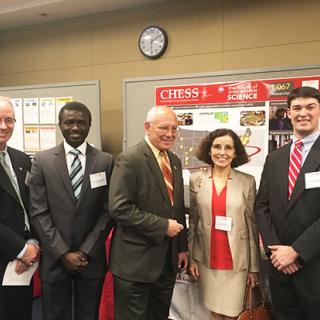
CHESS visits CNSF coalition to showcase outstanding student work
On April 26, CHESS managers Joel Brock and Ernie Fontes traveled with graduate students David Agyeman-Budu and Chris Budrow to attend the annual CNSF (Coalition for National Science Funding) Exhibition at the Rayburn House Office Building in Washington D.C.
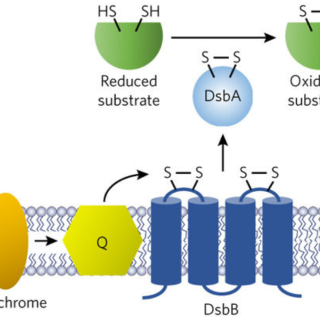
Changing the identity of cellular enzyme spawns new pathway
A previously reported method involving standard recombinant DNA techniques and some novel design principles enabled a team of Cornell chemical engineers to make large quantities of functional integral membrane proteins simply and inexpensively – all without the use of harsh chemicals or detergents, which are typically used today.
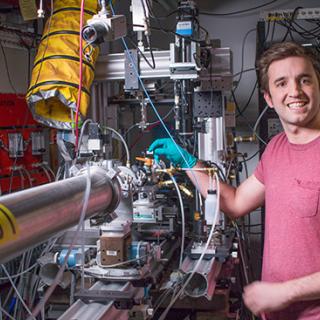
CHESS hosts first MaMaSELF student
The MaMaSELF program, short for Masters in Material Science Exploring Large-scale Facilities, is a two-year European Masters program in materials science, built off the framework of the Erasmus Mundus program that aims to teach the application of large scale facilities for the characterization and development of materials.
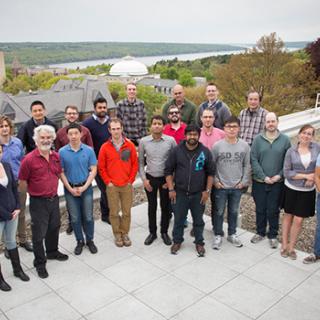
BioSAXS Essentials 7 training course now complete!
We have now completed our 7th BioSAXS Essentials training course! BioSAXS (Biological Small Angle X-ray Solution Scattering) is a highly popular technique for understanding the structure and behavior of biomolecules in solution, without the need for freezing or crystallization.

CHESS-U hutches take shape
Fabrication of the first two CHESS-U hutches has begun at the Lansing, NY facility of ADC Inc.

